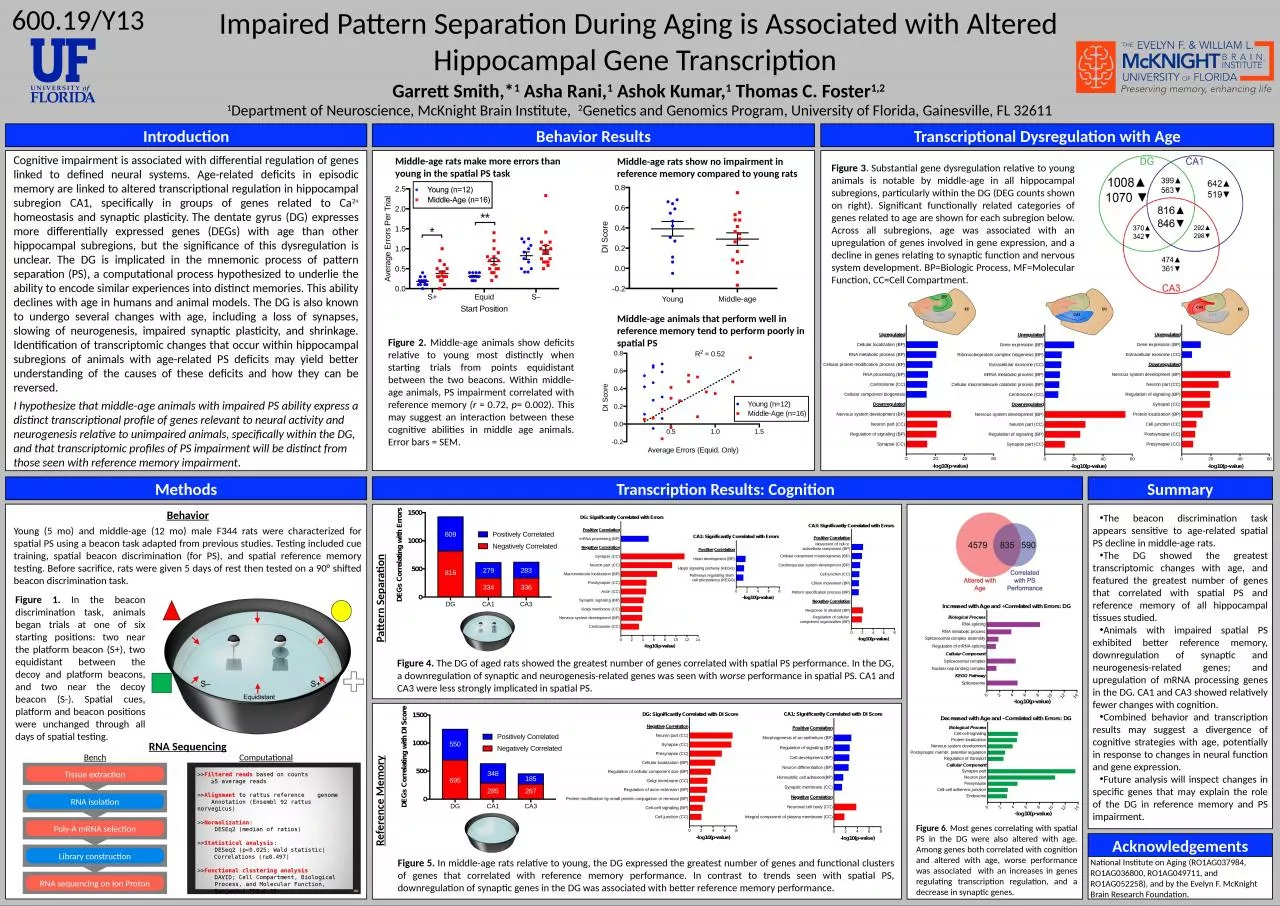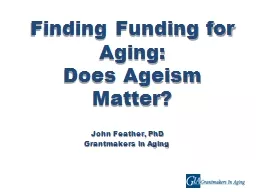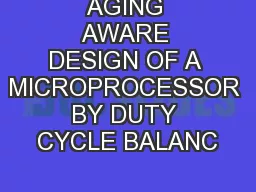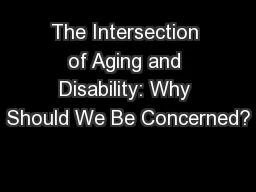PPT-National Institute on Aging (RO1AG037984, RO1AG036800, RO1AG049711, and RO1AG052258),
Author : natalie | Published Date : 2024-02-09
The beacon discrimination task appears sensitive to agerelated spatial PS decline in middleage rats The DG showed the greatest transcriptomic changes with age and
Presentation Embed Code
Download Presentation
Download Presentation The PPT/PDF document "National Institute on Aging (RO1AG037984..." is the property of its rightful owner. Permission is granted to download and print the materials on this website for personal, non-commercial use only, and to display it on your personal computer provided you do not modify the materials and that you retain all copyright notices contained in the materials. By downloading content from our website, you accept the terms of this agreement.
National Institute on Aging (RO1AG037984, RO1AG036800, RO1AG049711, and RO1AG052258),: Transcript
Download Rules Of Document
"National Institute on Aging (RO1AG037984, RO1AG036800, RO1AG049711, and RO1AG052258),"The content belongs to its owner. You may download and print it for personal use, without modification, and keep all copyright notices. By downloading, you agree to these terms.
Related Documents














